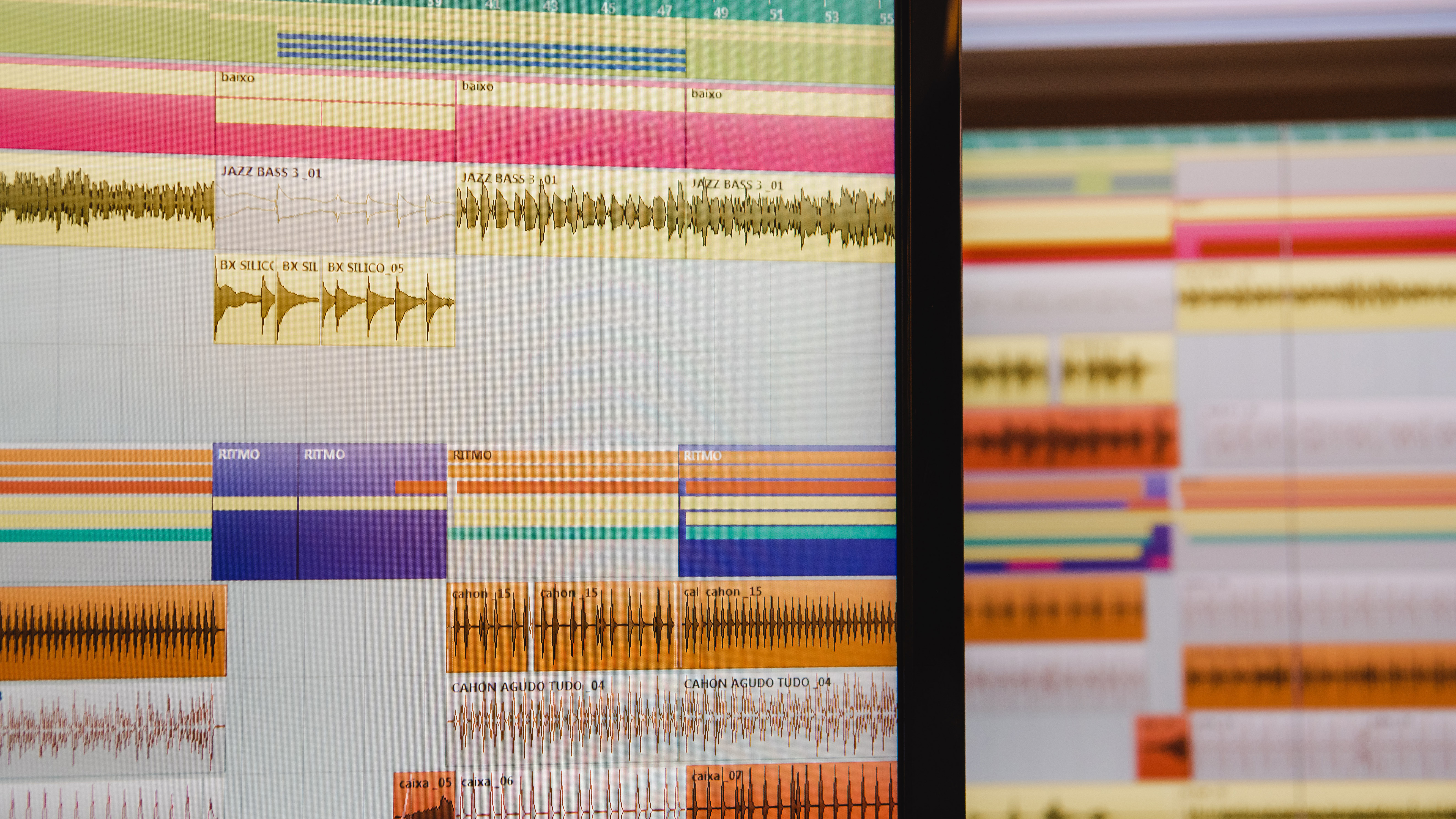
Sound UX: User Experience in Sound Branding
You know when you buy an expensive blouse with nice fabric, finishing, and quality, but when you wear it, your life becomes a nightmare because of the tag that keeps itching? The same happens with sound when, for example, service companies keep calling us excessively. I named this phenomenon “Sound Harassment”. That’s why it’s important to carefully consider Sound UX, the user’s sound experience in interacting with brands and products.
From the voice of AI (artificial intelligence) to the doorbell at home, passing through the sound that cars makes when going in reverse, the sound of the microwave, and other sounds that permeate our lives, they are part of the user’s sound experience. It can have easy, smooth, pleasant, fast, useful, and intuitive navigation. But it’s not always like that, and there are brands annoying people unknowingly.
There’s a sense of urgency for companies to wake up to the sound impact they are causing. They compromise their reputation with unpleasant behaviors, sounds, and voices that irritate their customers unknowingly. If well designed, the greatest strength that sound brings to communication is the emotional connection it provides.

What do people really buy?
What is capable of delivering more affection and experience?
When we buy a car, are we buying the bodywork or the functionality, the experience that the car adds to our lives? When we go to a restaurant, are we buying the food or the whole experience of sound, aromas, flavors, service, and attention? We are constantly buying emotions, not things themselves.
Sound is the experience itself, it is its most fundamental function. It emits vibrations that, through resonance, affect our bodies, our rhythm, our emotions, and our mental waves. It impacts our existence. That’s exactly what happens when we hear the voice of a robot, the sounds of an app on our phones, self-service machines, all those sounds that the brand broadcasts are impacting our lives, provoking a thousand sensations and conscious or unconscious perceptions.
If sound has all this power, it needs to be carefully designed since it inevitably becomes associated with the brand. Sound Branding is the discipline that designs Sound UX so that we develop positive emotions with brands.
Sound is the best generator and conduit for emotions!
The brand that best uses sound will be the most effective in establishing an emotional connection with its audiences. Emotional connection promotes joy, and happy people end up buying more. Once they have a good experience, the chance of them becoming loyal is enormous.
To ensure that this avenue of connection between people and brands remains free and smooth, I have defined four categories of user sound experiences:

Sound UX designs navigation in four types of environments:
Digital – Physical – Analog – Personal
Digital Sound UX
The digital realm is the native medium of Sound UX. It was there that the need to think about the sound journey arose, where it became clear that sound affects and can either help or hinder navigation. Websites were the first digital brand spaces. Initially, sound was randomly used by web designers. That’s why the habit of turning off the volume was born.
Then came the mobile apps with important sound interactions for usability. Equally important, the Interactive Voice Response (IVR) system is where sound navigation is crucial for the success of operations. Self-service machines (ATMs) are located in physical spaces but are digital equipment. Social networks, YouTube, Spotify, TV, and podcasts are social media where sound is used to enchant and engage audiences.
The sounds of the iPhone give the assurance that the email has been sent, that the file has been deleted, or that the keyboard is typing. They are friendly, pleasant, and communicate, guiding the user’s experience, provoking positive sensations such as security, credibility, aesthetic experience, and intimacy, as sound also brings people closer. How does Siri’s voice impact you? Some people have fun with it, but soon this communication will be terrifyingly perfected.
Physical Sound UX
The same navigation reasoning can be applied to physical spaces where sound guides and creates the environment for the experience. A person walking in the subway, a mall, or a store goes through a real video game journey where sound influences their behavior through messages from speakers, the way announcements are made and the tone of voice, jingles and notices and the pace that background music sets for our bodies, creating a soundscape that conveys a sense of security.
Other daily pervasive presences are household appliances, cars, and equipment. Imagine the hairdryer in the bathroom, the blender in the kitchen, the electronic toy in the living room, or the car honking at the door. Can you imagine? Disturbing, isn’t it?
The set of sounds produced by factories arbitrarily shapes the noisiest environment on the planet: our homes! But things can change, and we can rethink the Sound UX of our spaces in our favor.
Analog Sound UX
As we predicted, the analog medium has decreased, and much of it has been replaced by digital. When the radio arrived, we thought that print newspapers would disappear. When TV arrived, we thought that the radio would disappear. When the internet arrived, we thought that TV would disappear. Now that artificial intelligence has arrived, some say that we will disappear 😄, or be replaced. So far, no medium or no one has disappeared. The media have lost dominance and now have to share spaces.
Analog Sound UX is still present in radio, an exclusively auditory medium that, through its sonic aesthetics, commercials, jingles, voice-overs, soundtracks, and voices, informs and shapes the user’s experience in this medium. Cinema happens physically in its theaters. Customized radio in stores, composed of background music, messages, and jingles, means through which retail informs and sets the tone for the experience.
A classic example is the legendary “plim-plim” sound of TV Globo. More recently, the Band News radio has become well recognized for the consistent use of its jingles and sound logos. There is no more effective way to know that we are tuned into the station we want than by hearing its sounds and voices.
Personal Sound UX
It’s about us. How are we navigating our sound satellites? How do we use the volume of our voice? Are we emitting pleasant sounds or disturbing the neighbors? How is our playlist? Do we always stick to the same music that leads us to familiar states, or do we seek sounds that provoke new emotions and different affections? Personal Sound UX particularly interests me because the combination of sounds from each of us shapes the noisy symphony of planet Earth. There is no race in the entire universe that can evolve immersed in noise.

What should we consider when creating Sound UX?
Here are 7 attributes of Sound UX that need to be considered when developing projects:
- Sound Aesthetics
- It should be beautiful, appealing, enjoyable to listen to.
- Creativity
- It should be interesting, interactive, fun, or unusual.
- Usefulness
- It should signal the user through the operation's stages.
- Accessibility
- It should enable interaction for people with disabilities.
- Credibility
- It should confirm the completion of stages from start to finish.
- Intuitiveness
- It should provide a smooth user experience.
- Intimacy
- It should be carefully designed to establish proximity.
Don’t you think all of this is very new?
We are talking about the future! We are still in the early stages of understanding the powerful and unknown possibilities that sound offers in all fields of society and human development. In education, in religions, in all social, civic, religious, and traditional rituals… No celebration is possible without music. Our future will be greatly impacted and driven by sound.
Want to learn more about Sound UX, the user’s sound experience? Get in touch with us!

Next article
What is Music Branding and How Does it Help with Brand Management?
What is Music Branding: how it helps with brand management and how music can enhance sales and work productivity.
Read more